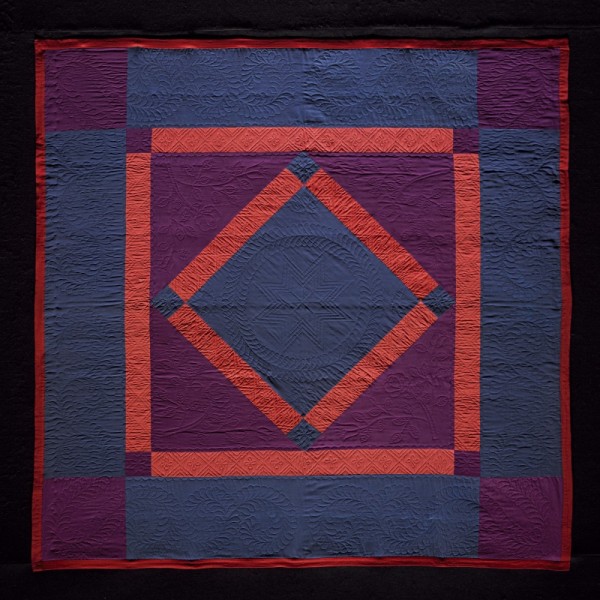
Amish Quilt
By Karen Gonzalez
What makes American textiles look uniquely American?
“Stitching Together a National Identity” textile symposium explores regional variations in American textiles of the 18th, 19th and 20th centuries and the forces that created them.
LEARN MORE
The event is sold out, but there is a waiting list. Learn more here.
Sunday, March 15 – Tuesday, March 17
The Art Museums of Colonial Williamsburg
326 West Francis St.
Through a series of formal lectures and juried papers, the symposium will address the question, “What is American in American quilts, clothing, and needlework?” It will also provide information on the latest research techniques and databases, and attempt to dispel myths about homespun and Yankee thrift.
“By providing a call for papers for the symposium, we received a diverse group of speakers with a wide variety of interests and topics,” said Kimberly Ivey, curator of textiles and historic interiors at the Colonial Williamsburg Foundation.
Featured pieces include the beloved 1745 “Mary Chicken Sampler.” How do curators know who created the piece and where she was from? Miss Mary Chicken left an interesting biographical poem stitched into her work: “Mary Chicken is my name, Carolina is my nation, Gooscreek is my dwelling place and Christ is my salvation.”
American home furnishings, quilts, needlework, and clothing reflect great diversity and regional variations. Many factors influenced distinct regional characteristics including the ethnic origins of the makers, trade and migration patterns, influential teachers and artists, geography and even climate.
Mary Chicken Sampler
“We are most excited about the symposium because it brings together a large group of textile researchers from various backgrounds and their presentations will cover not just one textile topic, but rather a large range of subjects including schoolgirl art, quilted bedcoverings, and clothing and costume accessories,” Ivey said.
The titles of the talks range from “The President’s Lady, The Ladies’ President: George and Martha Washington and American Needlework” to “Gathering the Threads: Using Clues to Uncover Stories of People and Places.” Presenters come from more than a dozen U.S. states and Canada, and include several from Colonial Williamsburg’s trades.
Leave a Reply